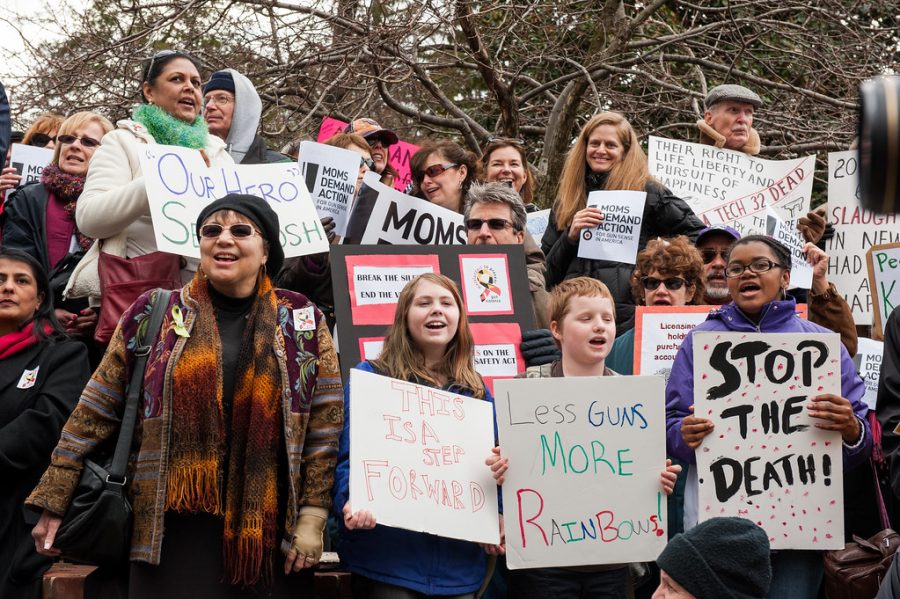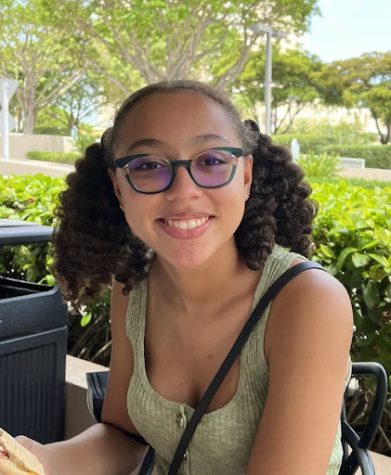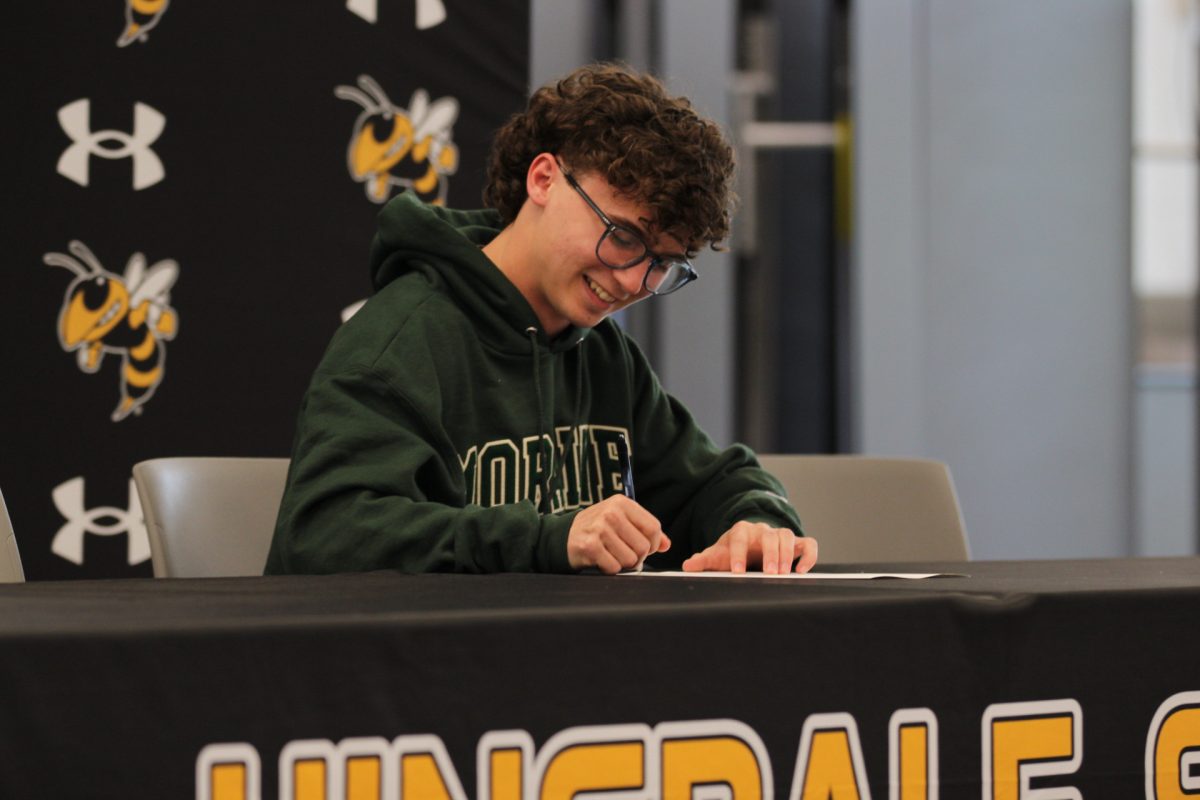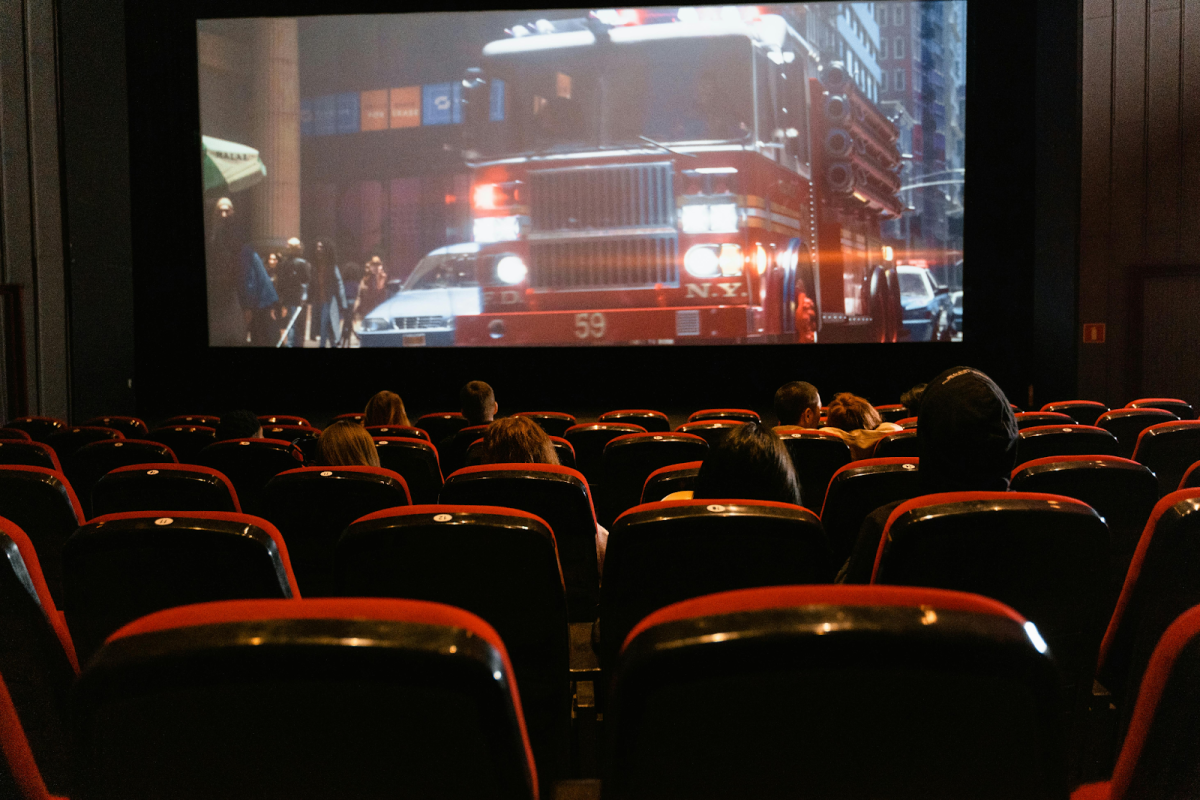The Growth in Gun Violence
November 7, 2022
After nearly two and a half years of recovering from the impacts of the COVID-19 pandemic, people throughout the country and across the globe are more than ready to get back out into the real world. But this summer, Americans have found themselves contending with another reason to stay home: gun violence.
Last spring, New York state’s struggle with gun violence made headlines, first in April, when 62-year old extremist Frank James left 29 people injured after commiting a mass shooting on an in-transit, New York City subway car, and in May, when 18-year old Peyton Gendron, fueled by White supremacy, killed ten African-Americans and wounded three others in a Tops Supermarket located in Buffalo. Both gunmen, fueled by hatred left to fester and build, legally purchased the firearms used in these attacks, despite Gendron’s previous police-ordered psychiatric evaluation and history of threats.
Yet, as hate fuels these horrific events that have become an understood aspect of 21st century society, not all gun violence victims fall prey to discrimination on the basis of race.
The May 24th mass shooting at Robb Elementary School in Uvalde, Texas was the 27th school shooting in the U.S. this year, marking itself as the second-deadliest school shooting in the country’s history. Just 10 days after the aforementioned shooting in Buffalo, the 18-year old resident of Uvalde killed at least 19 children and two adults after shooting his grandmother at her home. The tragedy at Uvalde has pushed Americans to support stricter gun laws, including a push to raise the minimum age to legally purchase AR-15-style rifles from 18 to 21.
As time goes on, we find public shootings moving closer to home, from the Oakbrook mall shooting last December to the mass shooting during Highland Park’s 2022 4th of July parade, in which 21-year-old Robert “Bobby” Crimo III opened fire on the crowd, killing seven and leaving trauma in his wake. Despite a turbulent at home life and history of threatening violence, Crimo’s felony background was not caught when he received his Firearm Owner’s Identification (FOID) card, and despite his permit eventually being provoked, no one ensured that the firearm was actually surrendered.
The aftermath of the shooting revived usual debates on the loopholes and issues of gun laws in America. But many across the country, including parade attendee Dr. David Baum, take the tragic events in Highland Park as a sign: gun violence is a problem in the United States that must be stopped.
“Uvalde is a couple thousand miles away, but Uvalde happened in Highland Park in a different way.” – Dr. Baum
In the legal and political realm, gun violence has become a major focus. This notably includes the June 23rd Supreme Court ruling on New York State Rifle & Pistol Association v. Bruen, ruling the disputed New York state law as unconstitutional, on the basis that consumers do not need proper cause to carry a gun in public, and establishing that the second amendment reserves the right to publicly carry firearms.
As gun violence continued to rear its ugly head this summer, President Biden and other politicians throughout the country have pushed for reforms, including the bipartisan gun bill signed into law on June 25th. A significant breakthrough in gun violence legislation, the new law bars anyone who is convicted of a domestic violence crime against an intimate or romantic partner from having a gun and increases funding for preventative measures like mental health programs and school security.
Despite the steps forward, 316 Americans are shot every day, according to youth-led, anti-gun violence organization Team Enough. With gun violence rates consistently rising in the last few years, a myriad of incidents and events regarding gun violence have popped up in news feeds and casual conversations. And as we take on these uncomfortable conversations, it’s easy to wonder what we’ll really do with them.






